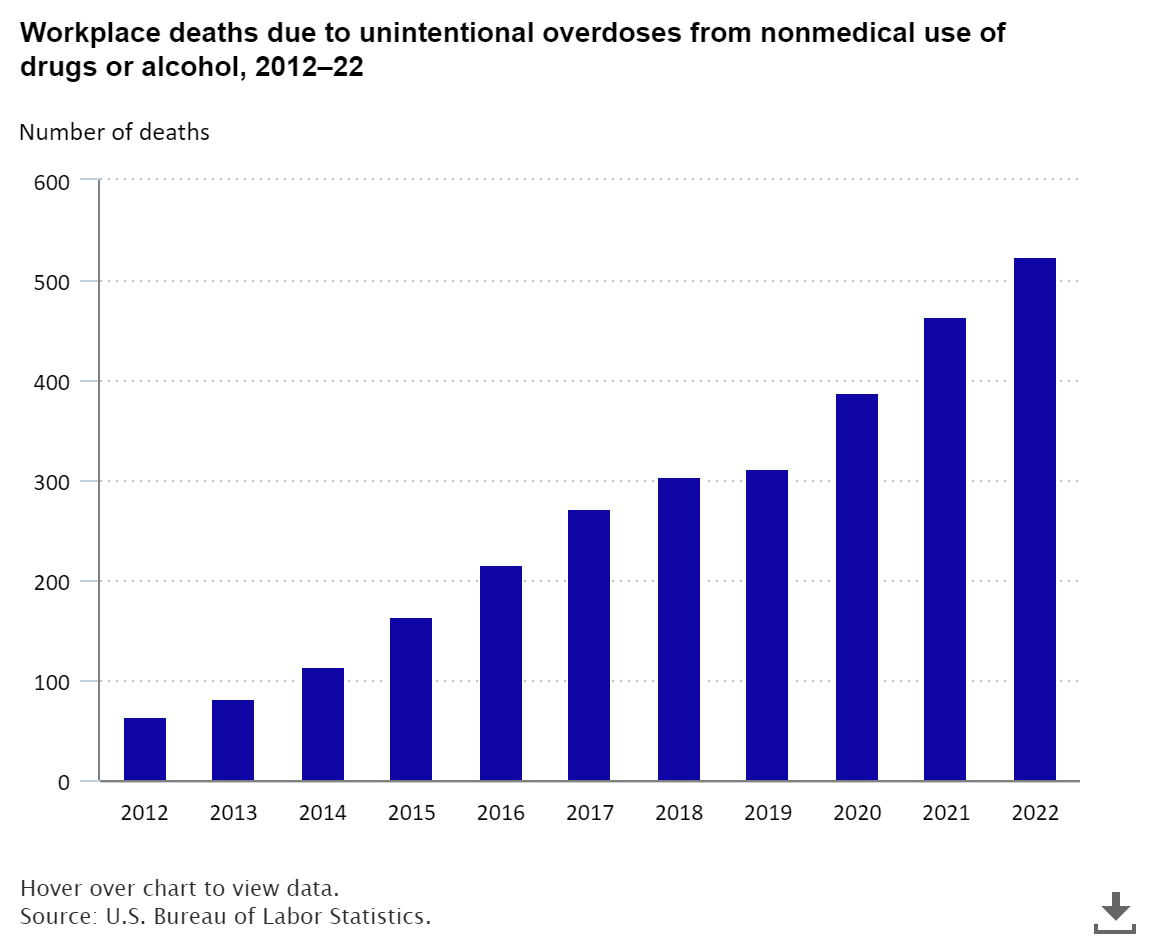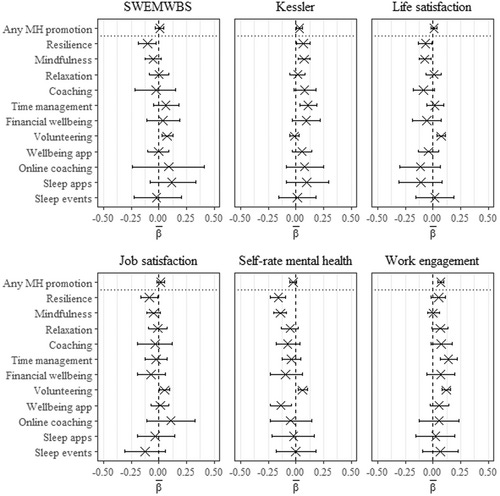Friends
No, not the TV show, the fact that we seem to have fewer of them. These two graphs come from Disconnected: The Growing Class Divide in American Civic Life - Findings from 2024 American Social Capital Survey (8/22/2024)
At a time when we have greater ability to keep in touch we have fewer real friends to keep in touch with. Maybe cell phones and social media are part of the problem and not the solution.
Not only do Americans have fewer close friends than they once did; many of these friends do not live close by. One in four (25 percent) Americans report that most or all of their close friends live in their neighborhood or relatively nearby. Fifteen percent of Americans report that some of their close friends live nearby, while more than four in 10 (44 percent) say few or none of their close friends are within a short distance.
Maybe if we couldn’t stay in touch with those far away we’d make more friends locally?
There are also race differences.
The article doesn’t provide any conjectures as to why there are these differences. This seems worth understanding. Leave your thoughts in comments. The article has many more charts and is worth reading.
Normalize please
The BLS provides us with a bar chart of unintentional overdose deaths in their post Unintentional overdoses rose for the tenth straight year in 2022 (8/27/2024).
There were 525 workplace fatalities from unintentional overdoses due to nonmedical use of drugs or alcohol in 2022. This is a 13.1-percent increase from 2021 when there were 464 fatalities and is the tenth consecutive annual increase. Unintentional overdoses include overdoses from stimulants such as methamphetamine and from opioids such as fentanyl.
Fair enough, but the number of workers each year isn’t constant and generally grows. The data rule Normalize properly; ask, “Per what?”, applies here. I used FRED to get the number of workers aged 25-54 and made the following chart.
I turns out that the percentage increase is almost the same, but I didn’t know that ahead of time. For deaths it is 13.1% as the BLS reports but 12.2% for deaths per million workers. Even better we might use total workers hours. Either way, the BLS should know to normalize this and when an article doesn’t, I start to distrust the source.
The impacts of marijuana
It is going to take time to understand the impacts of legalizing marijuana. The paper The effect of marijuana use in adolescence on college and graduate degree attainment (Jan 2024) uses data starting in 1994, when pot wasn’t legal. The main result:
Marijuana use in adolescence leads to a large reduction in the likelihood of college and graduate degree attainment by the time respondents are aged 33–43 years old.
Graph of the week
This comes from the paper Employee well-being outcomes from individual-level mental health interventions: Cross-sectional evidence from the United Kingdom (1/10/2024)
Caption:
Mental well-being estimates. All standardised. β Coefficient estimates are posterior means from MCMC chains with length 5000; whiskers 95% highest density credible intervals. SWEMWBS and job satisfaction and all financial well-being estimates include only the 2018 sample wave. Top row includes any of the mental health (MH) interventions. MCMC, Markov chain Monte Carlo; SWEMWBS, Short Warwick–Edinburgh Mental Well-Being Scale.
In reading the graph a positive/negative value means the label at the top was improved/got worse by the intervention on the left. For example, in the bottom middle graph, Mindfulness interventions decreased Self-rate mental health.
Key conclusions
The results in this article pose a challenge to the popularity and legitimacy of individual-level mental well-being interventions like mindfulness, resilience and stress management, relaxation classes and well-being apps. I find little evidence in support of any benefits from these interventions with even some small indication of harm that would confirm fears from critics (e.g., Frayne, 2019; Lovejoy et al., 2021).
I concur with reviewers of the field that organisational interventions, such as changes to scheduling, management practices, staff resources, performance review or job design (Fox et al., 2022), appear more beneficial for improving well-being (Lovejoy et al., 2021).
From the gardens
Find the bee.




Electric vehicle sales
From the eia (8/26/2024):
The share of electric and hybrid vehicle sales in the United States increased in the second quarter of 2024 (2Q24) after a slight decline in 1Q24. Combined U.S. sales of hybrid vehicles, plug-in hybrid electric vehicles, and battery electric vehicles (BEVs) increased from 17.8% of total new light-duty vehicle (LDV) sales in 1Q24 to 18.7% in 2Q24, according to estimates from Wards Intelligence.
An increase from 17.8% to 18.7% of electric vehicle sales as a percentage of care sales isn’t something to get all that excited about. Also, if you look at the inset graph on the right this is largely driven by non plug-in hybrid vehicles as electric vehicles hardy increased. We’ll be using oil for a long time, in which case the good news is that the eia predicts that the Permian production (8/21/2024) will continue to grow:
AI as a crutch
The main result from the paper Generative AI Can Harm Learning (7/18/2024)
Our main results are two-fold. First, students in the GPT Tutor (resp., GPT Base) arm perform 127% (resp., 48%) better on the practice problems compared to students in the control arm. This finding is consistent with prior work on the benefits of ChatGPT in improving human abilities on a variety of tasks. Second, on the exam, students in the GPT Base arm perform statistically significantly worse than students in the control arm by 17%; this negative effect is essentially eradicated in the GPT Tutor arm, though we still do not observe a positive effect. These results suggest that while access to generative AI can improve performance, it can substantially inhibit learning. Our results have significant implications for tools based on generative AI—while such tools have the potential to improve human performance, they must be deployed with appropriate guardrails when learning is important.
This was done in the context of learning math in a large high school in Turkey during the fall of 2023-2024.
Data center update
Tract announces 1.8GW data center park in Phoenix, Arizona - 40-building campus planned in Buckeye (8/29/2024)
The company, a developer of master-planned data center parks, this week announced its acquisition of a 2,069-acre land parcel in the Buckeye area of Maricopa County.
The park could see up to 20 million square feet of data center space developed across as many as 40 individual data centers at full build-out.
Tract said it's currently working with the local utility on plans to support up to 1.8GW of capacity
Note that 1 GW would power up to 750,000 homes. This is not a small energy demand.
The spinning CD
Please share and like
Sharing and liking posts attracts new readers and boosts algorithm performance. Everything you do is appreciated.
Comments
Please point out if you think something was expressed wrongly or misinterpreted. I'd rather know the truth and understand the world than be correct. I welcome comments and disagreement. We should all be forced to express our opinions and change our minds, but we should also know how to respectfully disagree and move on. Send me article ideas, feedback, or other thoughts at briefedbydata@substack.com.
Bio
I am a tenured mathematics professor at Ithaca College (PhD Math: Stochastic Processes, MS Applied Statistics, MS Math, BS Math, BS Exercise Science), and I consider myself an accidental academic (opinions are my own). I'm a gardener, drummer, rower, runner, inline skater, 46er, and R user. I’ve written the textbooks R for College Mathematics and Statistics and Applied Calculus with R. I welcome any collaboration.











